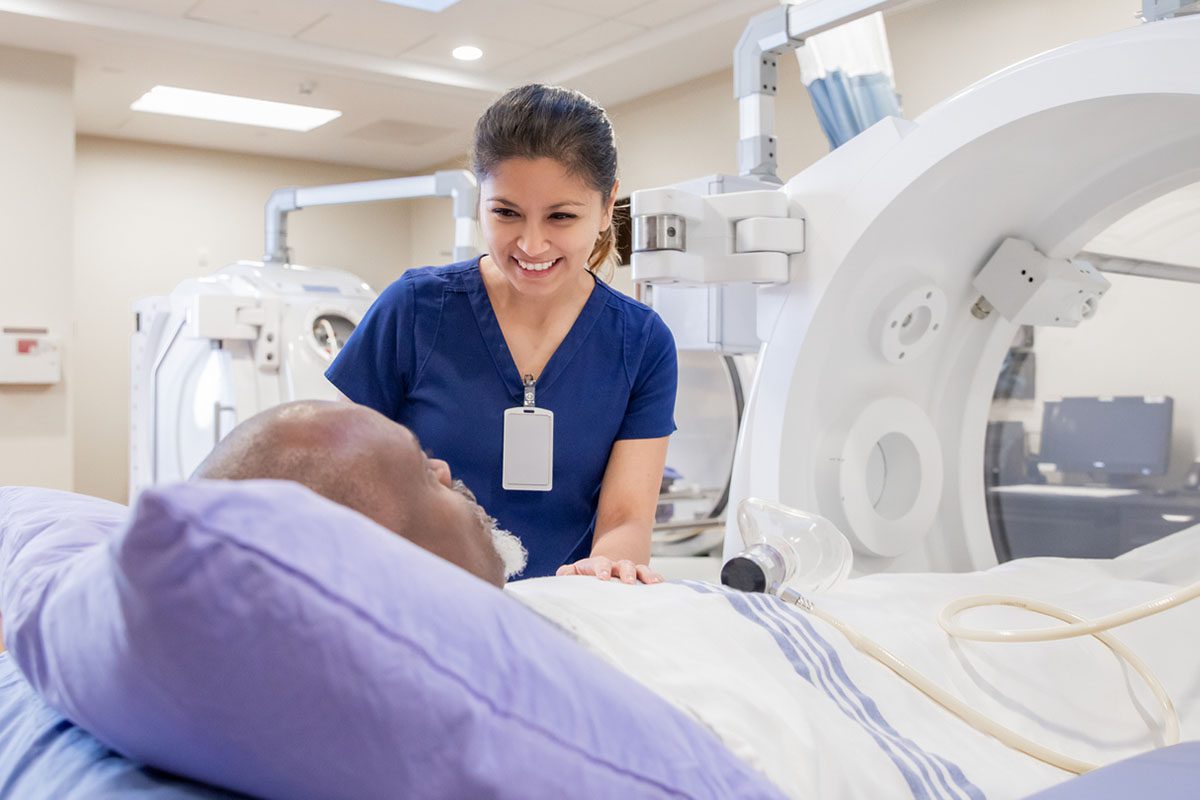Objective: Although neuroimaging studies have an important role in psychiatric nosology and treatment development, little is known about the representativeness of participants in neuroimaging research. We estimated the effects of commonly used study eligibility criteria on the representativeness of neuroimaging research participants in relation to the general population with the psychiatric disorders of interest.
Methods: Common eligibility criteria were applied from 112 published neuroimaging studies of DSM-IV nicotine dependence (13 studies), alcohol dependence (12 studies), drug use disorders (13 studies), major depressive disorder (MDD) (37 studies), and posttraumatic stress disorder (PTSD) (36 studies) to representative US samples with these conditions from the 2001-2002 National Epidemiologic Survey on Alcohol and Related Conditions (NESARC) (n = 43,093). The analyses were repeated with NESARC respondents with the disorders and substantial psychosocial impairment.
Results: Most NESARC respondents with nicotine dependence (64.1%), alcohol dependence (57.7%), drug use disorders (86.6%), and PTSD (66.9%), though not with MDD (18.2%), would have been excluded by eligibility criteria used in at least half of the relevant neuroimaging studies. Across the diagnostic groups, comorbid psychiatric and general medical conditions resulted in the largest percentages of exclusions. Corresponding analyses limited to respondents with substantial impairment excluded larger percentages with nicotine dependence (77.6%), alcohol dependence (75.8%), drug use disorders (93.5%), and PTSD (76.8%), though not MDD (18.3%).
Conclusions: Neuroimaging studies tend to recruit highly selected samples with the psychiatric disorders of interest that markedly underrepresent individuals with common comorbid conditions. Larger studies with less restrictive eligibility criteria may promote translation of advances in neuroimaging research to populations commonly encountered in clinical practice.
Members Only Content
This full article is available exclusively to Professional tier members. Subscribe now to unlock the HTML version and gain unlimited access to our entire library plus all PDFs. If you’re already a subscriber, please log in below to continue reading.
Please sign in or purchase this PDF for $40.00.
Already a member? Login





